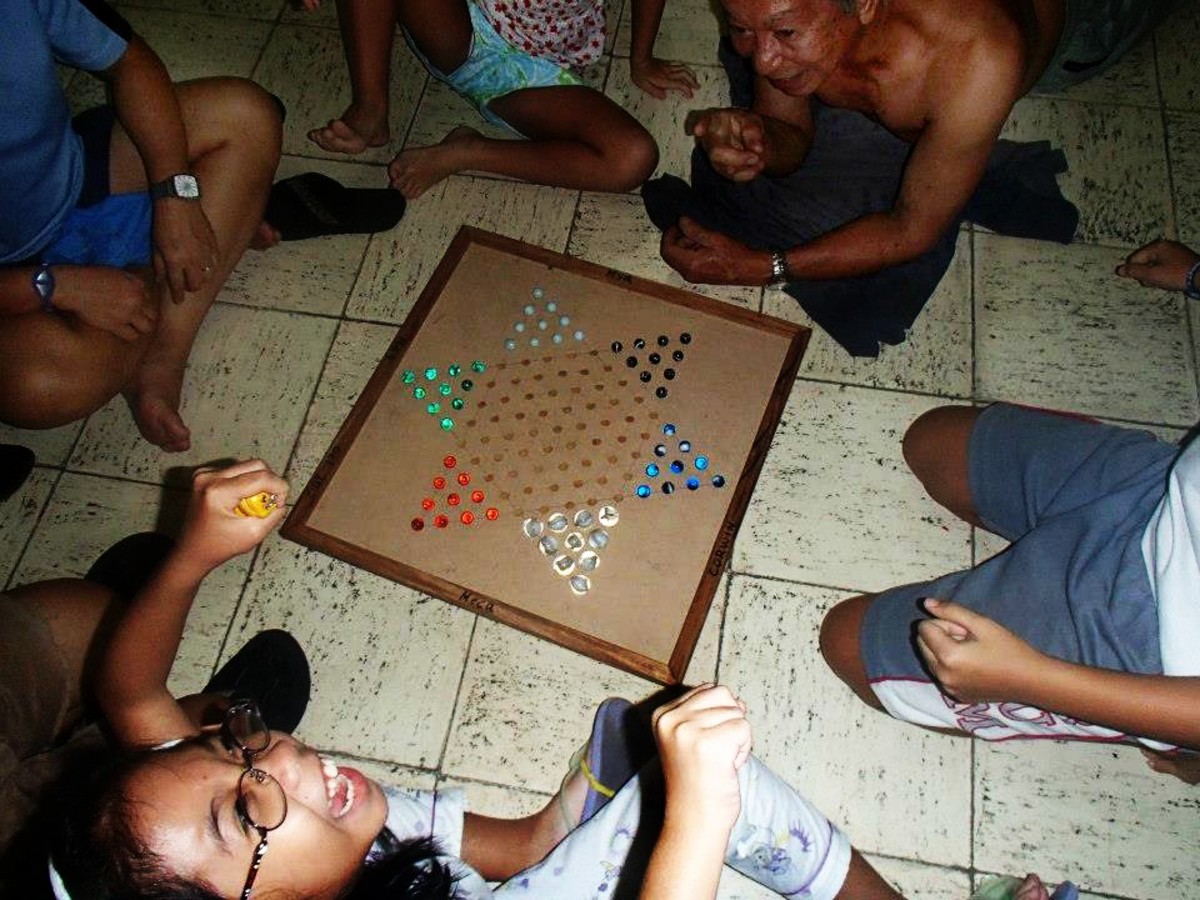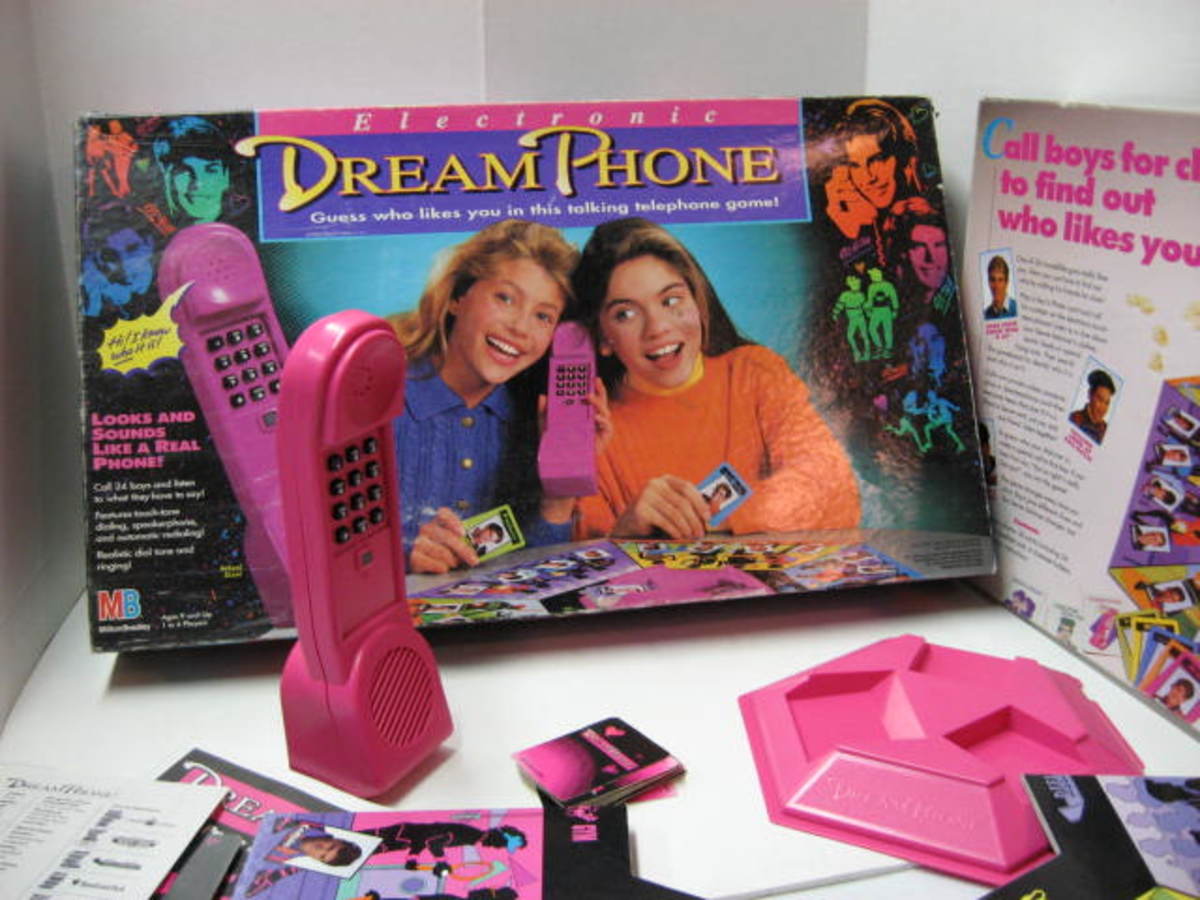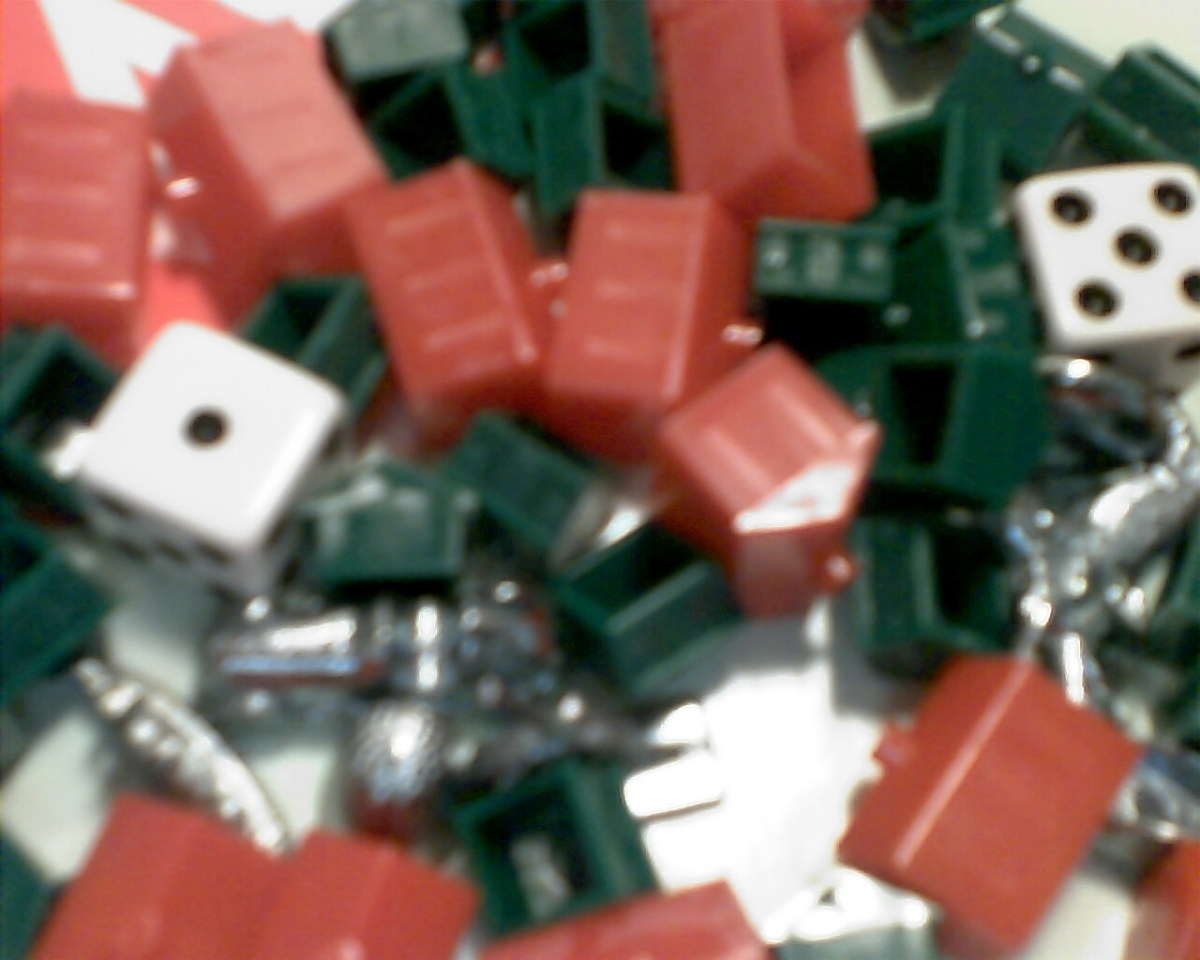Go-moku or Five-in-a-Row on a Go Board
Go-moku is a deceptively simple two-player game played on a common Go board. It can be great fun for children as well as adults looking for a quick yet satisfying diversion.
Go-moku literally means "five pieces" in Japanese and that's almost everything you need to know in order to play it!
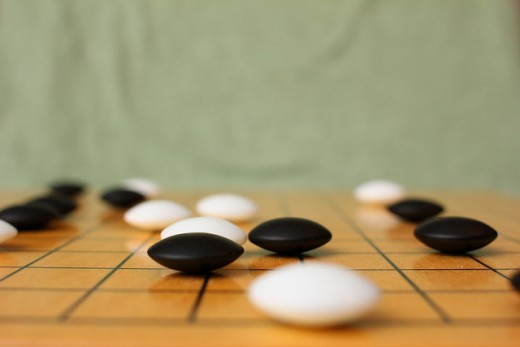
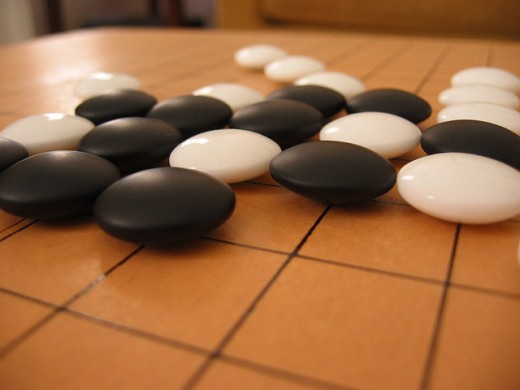
Rules in a Nutshell
The game is played by alternatively placing black and white stones on the intersections of a Go board. Traditionally the black player plays first and it was mathematically proven that there is a "perfect play" by which the black player invariably wins. However, if you're a novice or playing with a child you shouldn't worry about this. Just let the weaker player play first and you're set to Go!
The player who first makes a string of five pieces, either orthogonal or diagonal wins the game, in case you wondered.
Since Go-moku is played by placement of the pieces which cannot be removed during the game, you can also play it with a sheet of squared paper and a pencil. It is an ideal game for wasting time with your school buddy during boring classes.
However, while the basic rules are amazingly simple, there are some additional rules, terms and strategies which make Go-moku more fair for the white player and add a bit more style and flair to the game.
Open Fours and Double Threes
An "Open Four" is a very common situation in the game. It consists of four pieces in a row which is open on both sides. If you make an open four, you won because your opponent cannot block you in one move... Unless that move completes his five.
A "Double Three" is a bit more difficult to construct but it also ensures a win. It consists of two "open" threes simultaneously on the board. They are usually both completed by a single move (so they share a stone) because a skilled opponent will easily notice what you're trying to do.
Open Fours and Double Threes are a bit more than just terms because they are used as handicaps in some tournament and house rules. With two opponents of equal skill, the Black player (who always plays first) is usually not allowed to create a Double Three or even a Double Four.
Sente
Sente is a common term in Go-moku. It simply means "advantage" or "initiative." When a player has Sente it means that he or she is forcing the opponents moves. In a game played without the 5x5 tournament rule, the black player invariably has Sente at the beginning and, with some skill, can easily retain it until the end of the game.
"A move involving a threat which the opponent must answer in order not to be put at a disadvantage is said to be made with "Sente." To gain and maintain Sente is very desirable because the opponent is kept busy and cannot easily assume the initiative himself."
Edward Lasker, Go and Go-moku: the oriental board games
A Simple Tournament Rule
If it is too much bother to follow Double Threes or Open Fours you can use a much simpler tournament rule which takes "Sente" away from the Black player and makes him or her unable to perform "the perfect play."
The first black stone must be placed in the center of the board. White then places a stone wherever he wishes and the second black move must be outside of the 5x5 area surrounding the first black piece.
Easy as that.
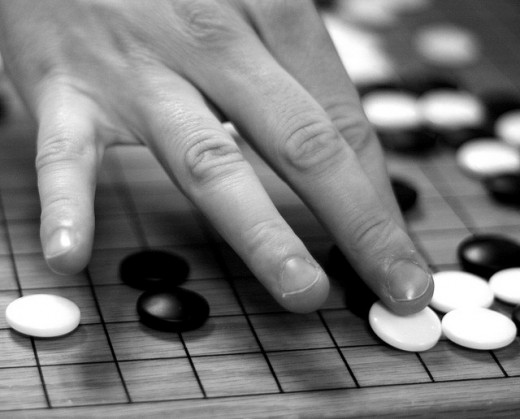
Renju
Renju (or "row of precious stones") is a professional variant of Gomoku and is particularly popular in Japan and North and Central Europe. It has special opening rules ensuring that the black and white players have an equal chance of winning and this makes the whole opening game a bit more... interesting.
The opening goes as follows:
- The first player places 2 black stones and 1 white stone on the board.
- The second player now chooses whether to play black or white.
- White then places one more stone on the board.
- Black places 2 stones on the board.
- White removes one of the two black stones from the previous move.
- White places a white stone.
The game then proceeds as usual, with Black and White alternating moves.
Black player is not allowed to create double threes, double fours or more than six pieces in a row and can win only by creating a five. White player wins by either making a five in a row (or six or whatever) OR by forcing the black player to make an illegal move.
Renju is always played on a 15x15 Go board.
Links Useful
- Gomoku - Wikipedia, the free encyclopedia
- Go-Moku | Board Game | BoardGameGeek
- The Renju International Federation portal - RenjuNet
The official homepage of the Renju International Federation.



